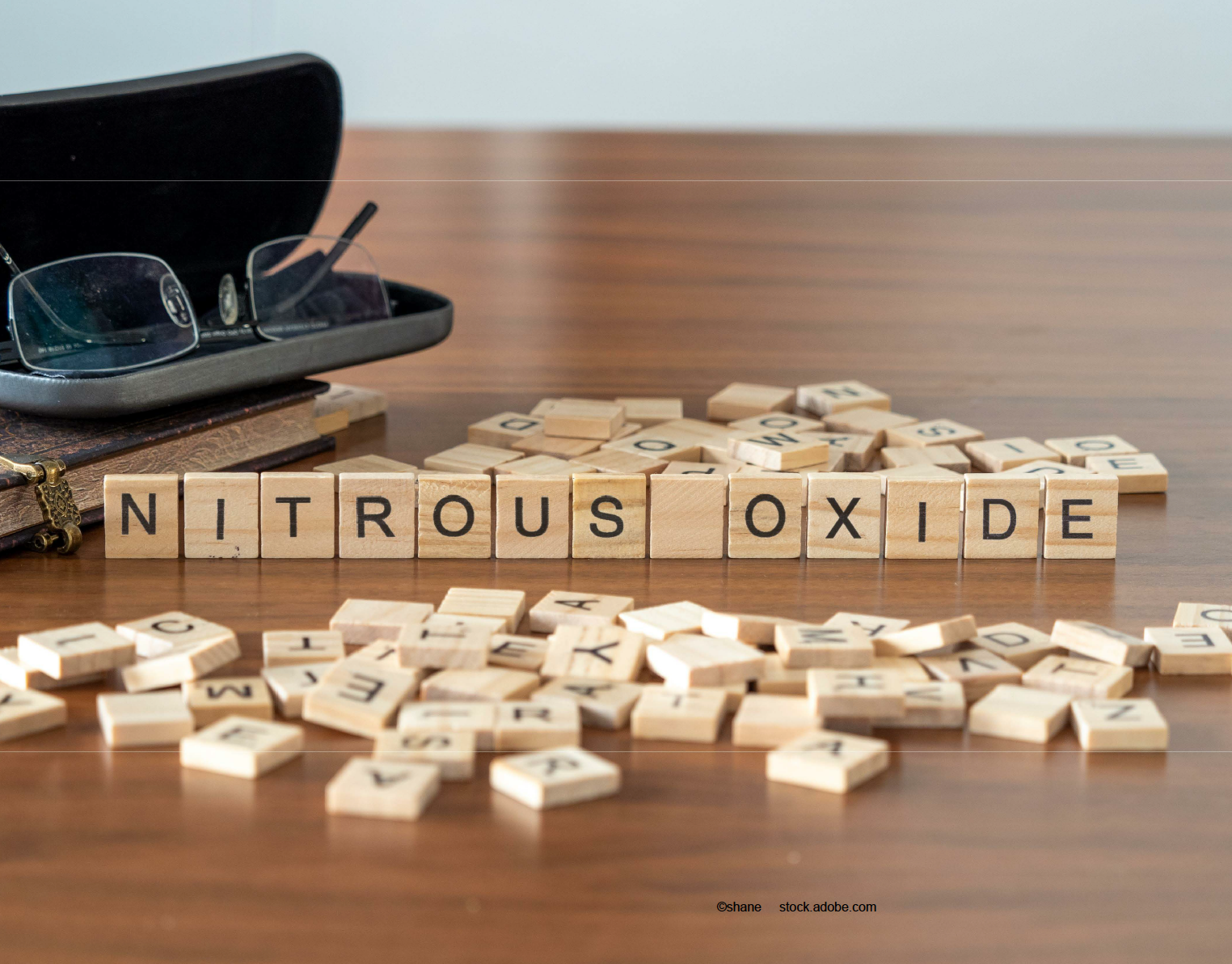Article
Addition of nitrous oxide anesthesia: stress reduction during cataract surgery
Author(s):
Investigators conducted a retrospective consecutive study in which they compared the outcomes using this approach with the results achieved with local anesthesia alone during cataract surgery.
Nitrous oxide may help to suppress intraoperative anxiety and memory and decrease and stabilize vital signs.

Japanese physicians reported that the use of a low concentration of nitrous oxide anesthesia during cataract surgery, along with local anesthesia, did not result in respiratory depression, abnormal vital signs, or nausea. This application may be useful to suppress intraoperative anxiety and memory and decrease and stabilize vital signs, according to first author Santaro Noguchi, MD, from the Department of Ophthalmology, Saneikai Tsukazaki Hospital, Himeji, Japan.
Patients were included who underwent bilateral cataract surgeries. The investigators reviewed the cases of 37 patients for whom room air inhalation (air group) was used and the cases of 45 patients for whom 30% low-concentration nitrous oxide anesthesia (70% oxygen, total 6 L/min) at the start of surgery (nitrous oxide group) was used.
The investigators monitored the systolic and diastolic blood pressure levels and heart rates at the beginning and end of surgery and the mean oxygen saturation (% SpO2) intraoperatively. The patients completed a questionnaire immediately postoperatively regarding the intraoperative pain, anxiety, memory, and nausea measured using the Visual Analogue Scale.
Nitrous oxide effects
The investigators reported that no patients had systemic symptoms or ocular complications that required treatment.
All of the changes observed between the nitrous oxide and air groups reached significance. The respective changes in the blood pressures were −5.38 ± 11.07 and 1.27 ± 13.61 mmHg (p=0.01); the changes in heart rates were −2.24 ± 6.76 and 0.89 ± 5.18 beats/minute (p=0.001); the intraoperative SpO2 levels were 99.05% ± 0.74% and 97.44% ± 1.31% (p<0.001); the intraoperative anxiety levels were 21.76 ± 23.2 and 37.17 ± 32.79 (p=0.002); and the intraoperative memory values were 55.24 ± 36.8 and 68.91 ± 33.81 (p=0.01). No nausea was experienced intraoperatively by any patients. No significant differences were seen in the diastolic blood pressures and degrees of intraoperative pain.
Based on these results, the authors concluded, “Low-concentration [nitrous oxide] anesthesia may not cause respiratory depression, abnormal vital signs, or nausea during cataract surgery. [Nitrous oxide] can suppress intraoperative anxiety and memory and decrease and stabilize vital signs.”
Reference
Noguchi S, Nakakura S, Noguchi A, et al. Examination of the safety and effectiveness of low-concentration nitrous oxide anesthesia in cataract surgery. J Cataract Refract Surg.July 15, 2021.doi: 10.1097/j.jcrs.0000000000000749




